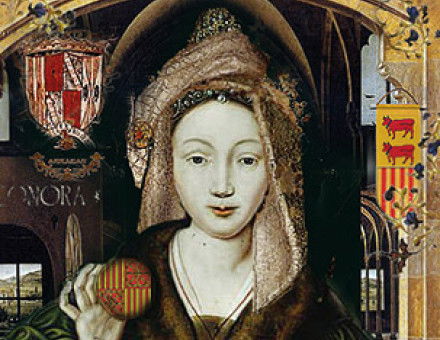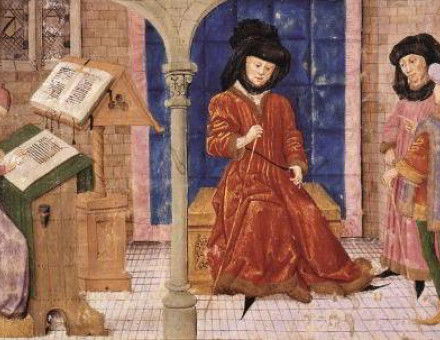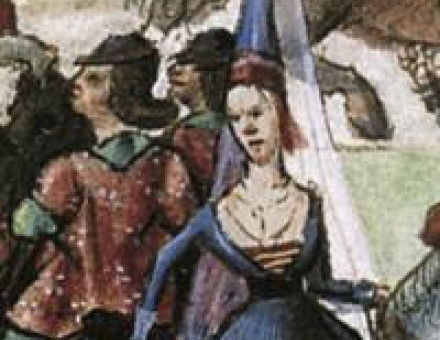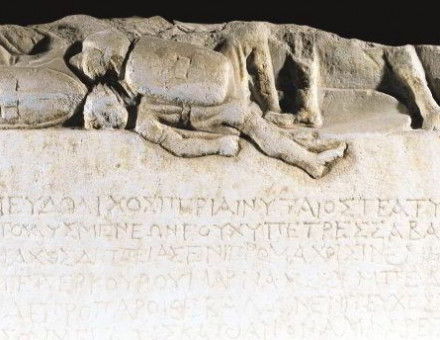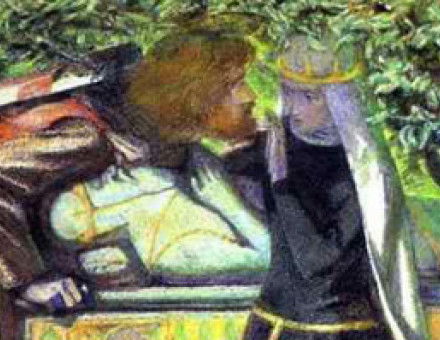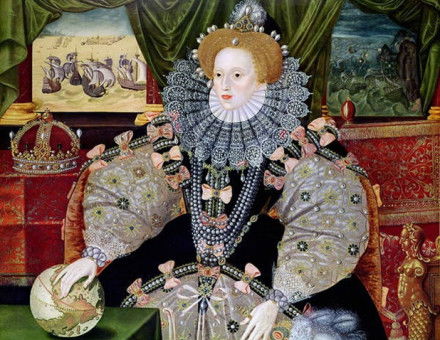The She-Wolves of Navarre
In the Middle Ages, with the re-emergence of Salic Law, it became impossible for women to succeed to the throne in most European kingdoms. Yet between 1274 and 1512 five queens ruled the Pyrenean kingdom of Navarre, as Elena Woodacre tells their stories.


